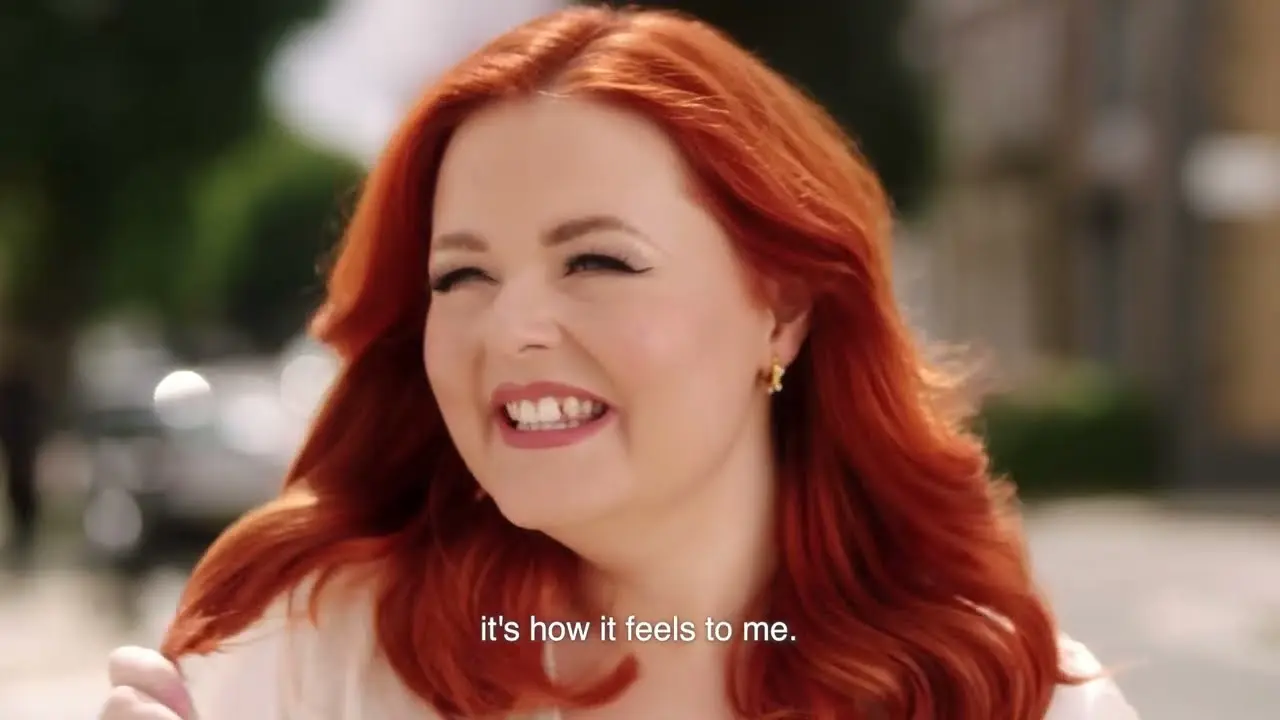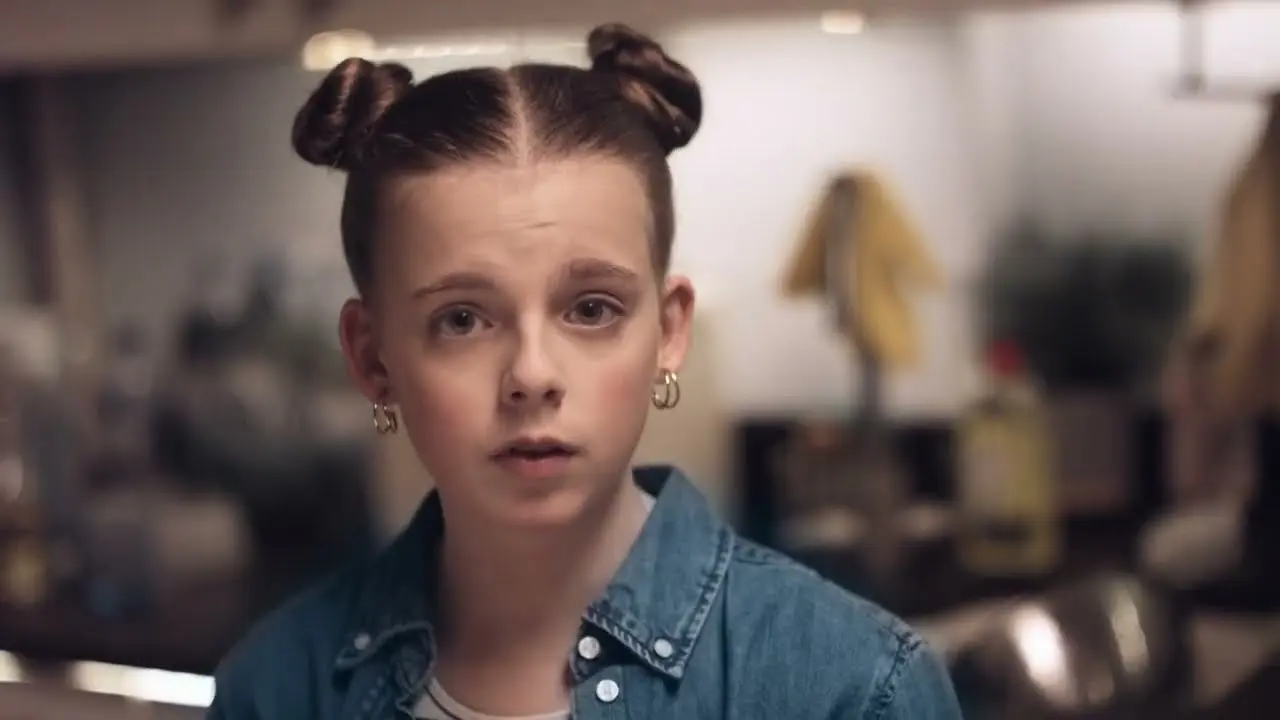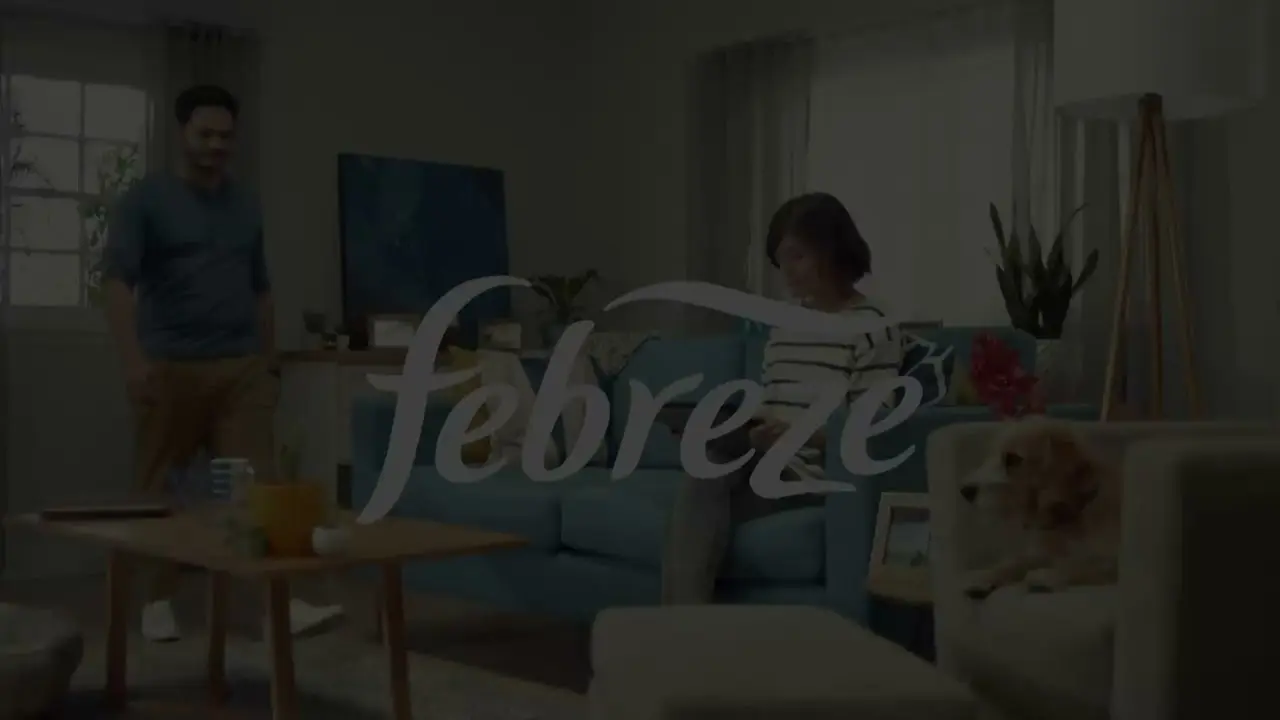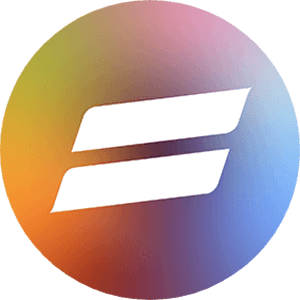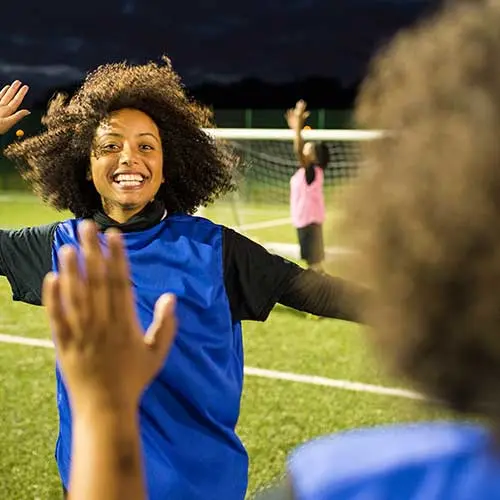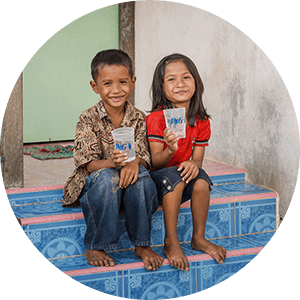P&G believes all consumers should have access to essential superior products that deliver value and help improve their lives. This starts with the consumer — all consumers — understanding what is available to them.
Across Europe today, 30 million adults are living with visual impairments, and 200 million people struggle with audio capabilities.1 Our research shows that 75% of people with hearing or sight loss would like companies to be more proactive in making their advertising accessible to all — yet estimates show that less than 10% of adverts currently are.2 Research also showed that 45% of those people feel excluded and unable to make informed purchase decisions. This is a significant missed opportunity to better serve consumers.
At P&G, we believe it is time to reset the bar. Our ambition is to progress toward 100% advertising accessibility across Europe — to make most of our communication accessible to those who experience visual and hearing impairments, leveraging inclusive-by-design creatives, audio description and/or captioning.
Accessible advertising is not only the right thing to do but also the smart thing to do given the opportunity for growth. Yet, we cannot do it alone. We need to drive awareness of the opportunity at scale across the industry, with relentless intentionality and collective action.
So just how inaccessible is advertising today? Our research showed that:
- 61% of those with hearing or sight loss were unable to understand the information intended for them in advertising.
- 58% wish they had more access to information that better explains products and services and to help them feel more comfortable with their purchase choices.
- 34% of people with hearing or sight loss explained they rely on the help of friends and family to understand information within adverts.
With such a small percentage of content truly accessible to all, we have put ourselves on a journey to elevate the standards of our advertising, drive awareness of the need for advertising accessibility and work towards making it the new norm across Europe, within our P&G walls and beyond!
Resetting the bar: making accessible advertising the new norm. It all starts with intentionality. I’m constantly surprised at how many people say they have never thought about accessible content! I truly believe that every impact starts with a strategic commitment and relentless intentionality.
At P&G, we are making progress. Over the past six to eight months, we have set accessibility targets for all our businesses, put tracking in place and, importantly, trained all our people and agency partners.
Are we there yet? No, yet we are paving the way to higher accessibility standards across our brand portfolio so that it becomes widely used by default. We work hand in hand with our own organizations and with our partners to ensure the skills are in place and the technical changes required are made.
So how are we doing this? The first step is ensuring from day one that we are embedding accessibility into creative strategies.
Pantene is an example of how being inclusive by design can help re-establish advertising standards, making content accessible and inspiring to all consumers.
Using Audio Description
When creative design does not allow for embedded accessibility, we include audio description tracks to enable visually-impaired consumers to understand the video content by just listening. Audio descriptions can be inserted in some spaces free from voice over — or an adaptive audio description can be created — rewriting the voice over and replacing the original audio.
Enabling Captioning
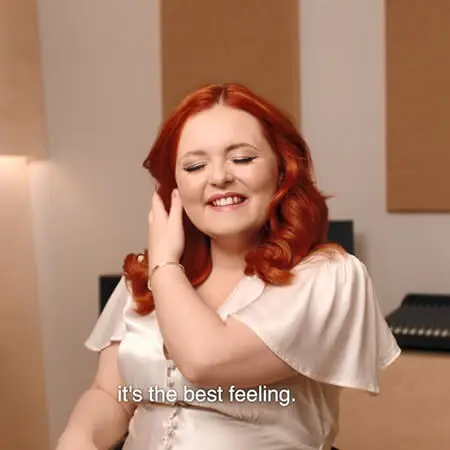
Our Fairy brand is enabling captioning to ensure information can be equally accessed by everyone, even those with hearing impairments. Depending on markets and platforms, it can be delivered through closed captioning, with captions being activated on demand by viewers themselves or by using opened captioning with captions burnt into the video, visible to all viewers without the ability to turn them off.
Change on this scale takes time, and we are on a journey across Europe. Whilst we do not have all the answers — our commitment to use the tools already available and to drive progress remains the same. In Portugal, we are proud to have gone live with fully accessible advertising — as the first advertiser in the country to roll out video accessibility. The UK, Spain and France are continuing to lead with audio description and closed captioning. And in Italy, we have closed captioning on 50% of our ads on regional specific channels.
Collective action accelerates change. There is no doubt that creating impact at scale requires cross-industry collaboration from advertisers, publishers and content creators. The entire value chain needs to collaborate towards more accessibility at scale. Our team is relentlessly working in partnership with advertisers, creative agencies and broadcasters to implement accessibility with a sense of urgency — establishing new norms, creating the demand for accessible content and investing in the capabilities required.
Specifically, we have been working with the European Association of TV and Radio Salehouses (EGTA) to drive change amongst its members.
Beyond our organization, we are supporting the partners we work with to accelerate impact now. We are collaborating with The European Association of Communications Agencies (EACA) to create standards for agencies across the region. As part of this we have been open and willing to pilot new technologies and features with publishers, in the hope of qualifying them for scaled usage. The Royal National Institute of Blind People is helping us develop standards on what is most helpful for people with viewing disabilities.
We engage with our peers to share best practices and create demand for higher standards of advertising, accessible to all consumers. We are proud to be part of a small but influential working group comprised of key industry players (through the World Federation of Advertisers), as well as Valuable 500, EGTA and EACA. Our collective vision is to remove the barriers faced when it comes to inaccessible advertising.
P&G wants to champion the journey to advertising accessibility by leveraging its brands and partners for a superior consumer experience for all. My aspiration is that accessible advertising becomes the new norm so that we can continue to drive growth and ensure that underserved people no longer feel excluded.
1 World Health Organization and European Blind Union.
2 Radius Study Jan. 23, UK, France, Germany.
READ MORE STORIES ON OUR BLOG:
